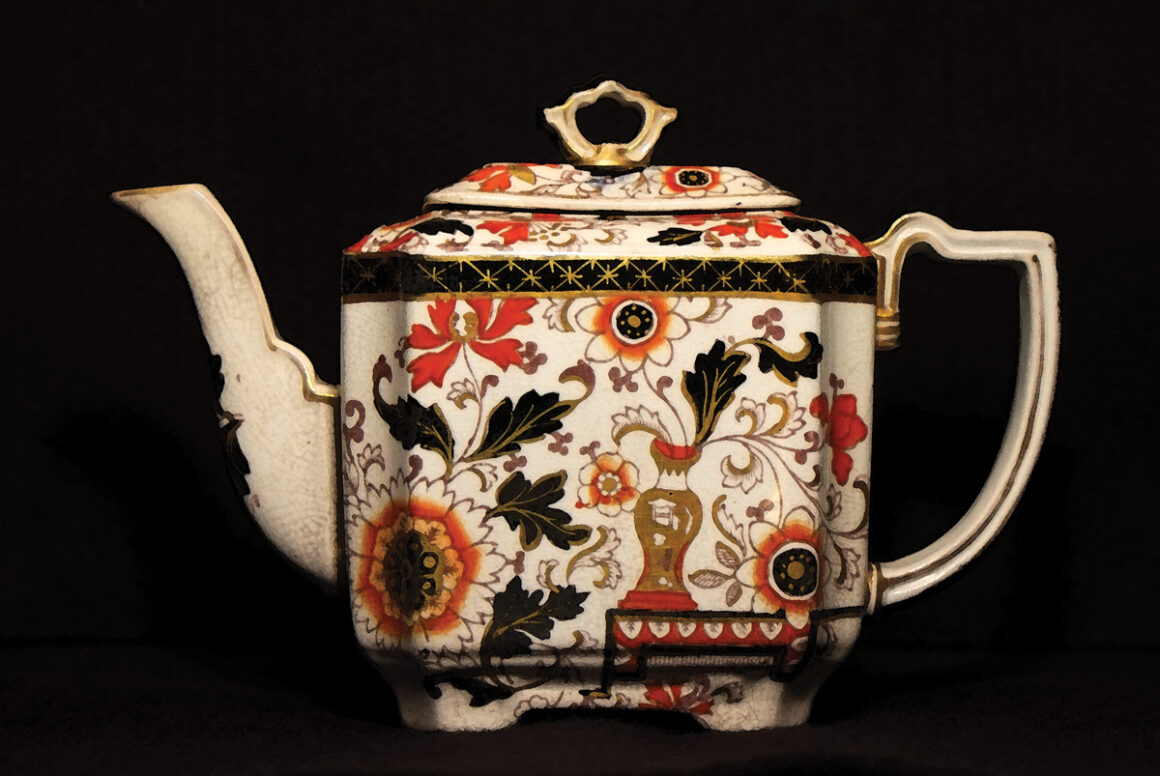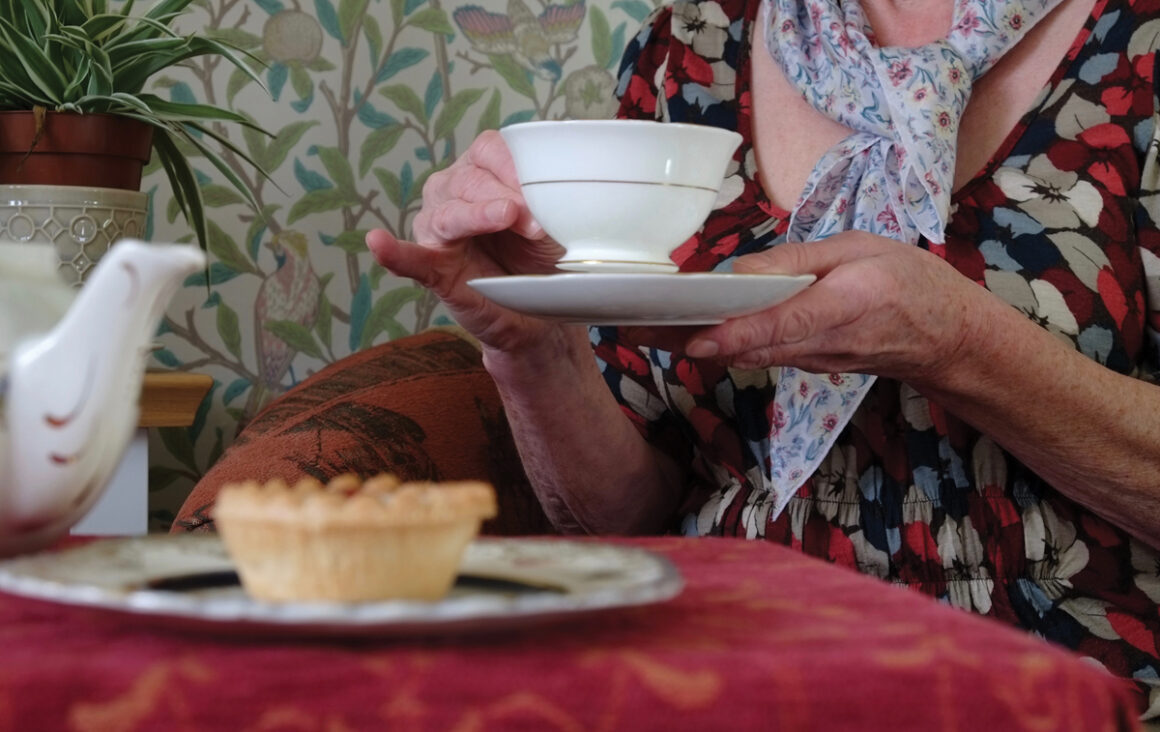Tea – a very English tradition
Most of us drink tea in some shape or form whether it’s Lapsang Souchong, Earl Grey, Yorkshire or Builders. Some load it with the crystallised sap of a tropical plant and liquid from the mammary gland of a bovine herbivore that gives it a warm, sweet, milky taste far removed from the origins of the herb that started it all.
Tea is related to the camellia plant and in the East its value from a historical and health point of view was that you had to boil the water to make it into a drink thus saving you from the many bacteria that contaminated the water although they were not aware of this benefit at the time. In the west before tea was imported our practise was to brew a drink called small beer. It was low in alcohol but killed the dangerous bugs in the water. It was drunk at all times even by children.
Nowadays tea is a serious business and is the second most consumed drink in the world after water. The UK is the third biggest country consumer wise and we get through a hundred million cups a day. In Japan they have tea ceremonies and in Blighty we have ‘afternoon tea’ where the ceremony can be just as formal and rigorous with cucumber sandwiches and extended pinkie.
There are experts in the field of tea tasting as there are in that of wine, chocolate, olive oil and balsamic vinegar and requires what is known as deep tasting. It is interesting that although all of us taste we are not all aware of how it works. For a start your mouth and tongue only taste sweet, sour, salty and bitter flavours, all other more complex and subtle tastes are actually sensed by the olfactory nerve in the nose. Try it; hold your nose when you next eat some chocolate or take a sip of tea.
No person has more or better taste buds than another except of course children and babies who are born with more taste buds that they lose as they grow older. This must have been an evolutionary fail-safe because babies will put anything in their mouths and hopefully reject anything bitter like Brussels sprouts for instance.
Deep tasting is something anyone can learn; it takes no special talent or better receptors. Mostly it requires concentration on the subject with all the sensesa form of mindfulness if you like. It helps if there is an expert to talk you through it and tell you what to look for (or taste for). I have been to several such gatherings including a tea tasting and it is astonishing how much more there is to some of the tastes we tend to take for granted.
Taste and smell are very personal and with only words to describe them it can become very confusing especially in the world of wine where descriptions can become very fanciful. Even the word ‘dry’ to describe the flavour of wine that is not sweet might seem strange if one were not used to it
Which brings me back to tea; I often use this analogy when trying to explain about flavour. Tea and coffee we consider as interchangeable beverages we partake of through the day but they are worlds apart in flavour. Try mixing equal parts tea and coffeethe taste is foul. Why is this? Coffee has a warm and mellow flavour and tea is astringent, the tannin in it giving what wine tasters call ‘grip’. Coffee will improve from being kept in a flask but unfortunately tea loses its astringency and tastes less fresh.
A word of warning if you are tempted to train your palate and become a deep taster: On the plus side it will increase your enjoyment of simple tastes and experiences. But you can never go back; you will be able to taste the chlorine in tap water, the chemical additives in processed foods and you will never be able to swig ordinary cheap plonk againbut that cuppa will taste better.
Written and photographed by Chef and Author, Ian Dowding

